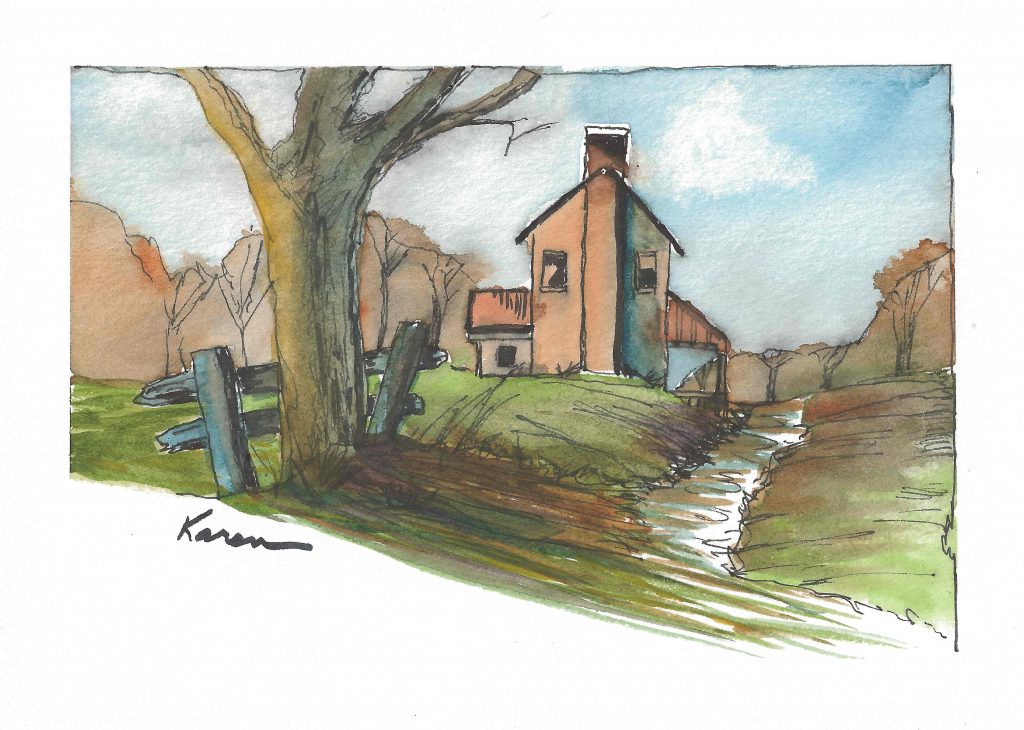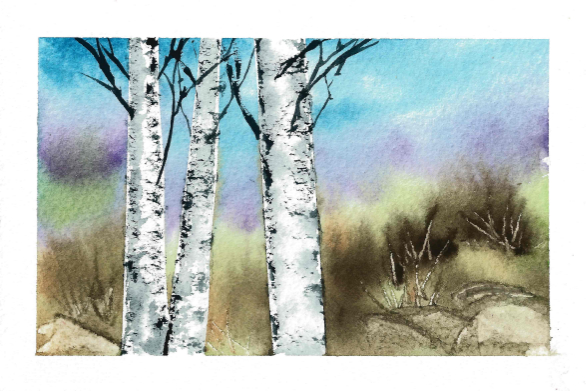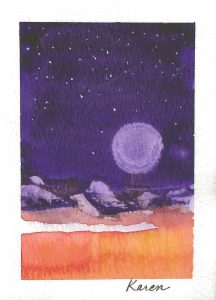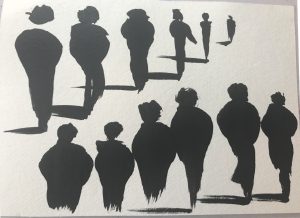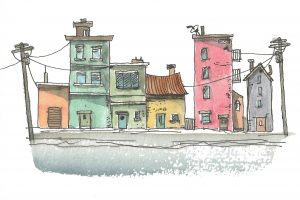I’m working on a painting of the Alamo. Before I paint it however, I wanted to do a quick digital sketch, which means I used my awesome tablet and stylus to sketch it out in Photoshop.
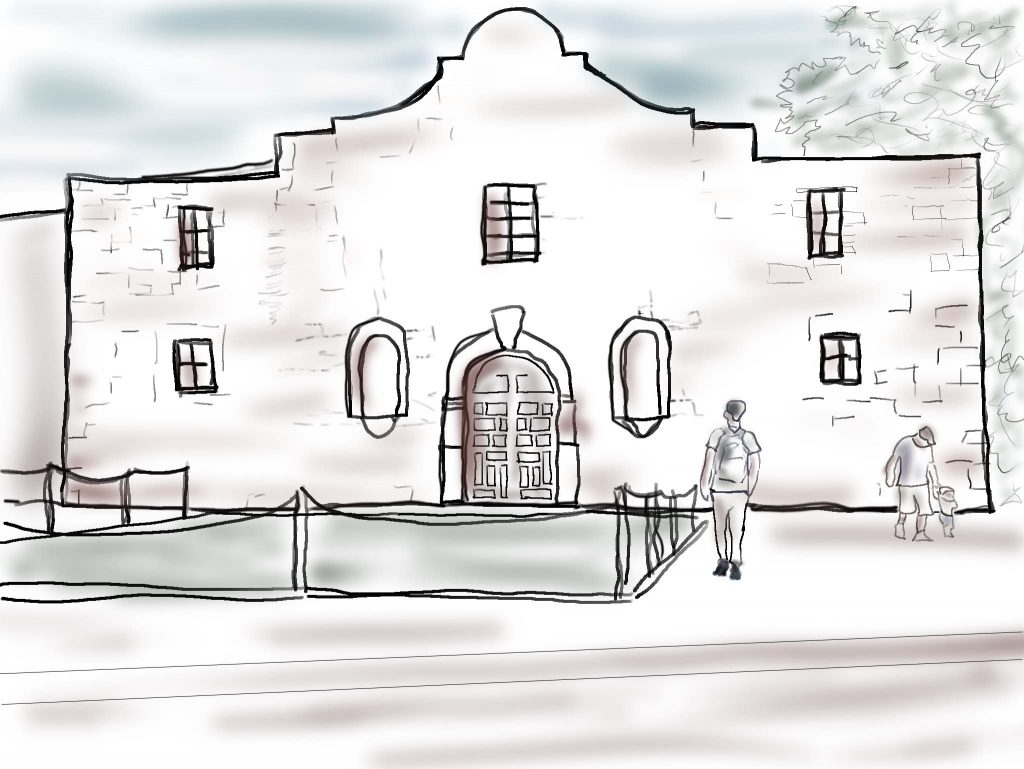
Sketching in a digital format is sometimes quicker and less intimidating than sketching on paper. For one thing, mistakes are easily erased with a couple of keystrokes. The sketches are not meant to be any kind of finished product, but rather a way of doing an easy rough draft of the painting.
I find that doing a sketch before painting helps me work out a myriad of problems and questions before I ever get my brushes wet. Now when I go in to actually begin painting, I will have quicker success, which is always the goal. This looks a little primitive, but it is supposed to. I don’t have the pressure of producing something “great”, because after all, it’s just a first draft.
Viva el Alamo!

